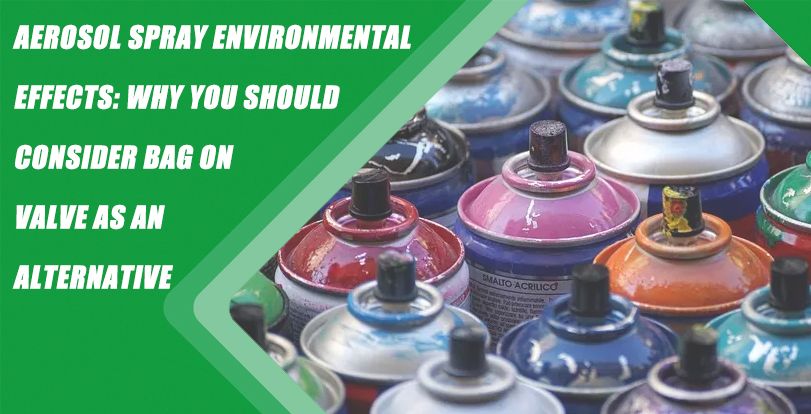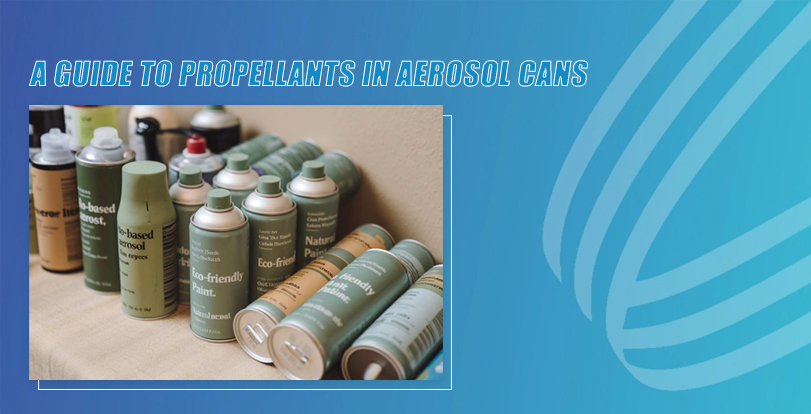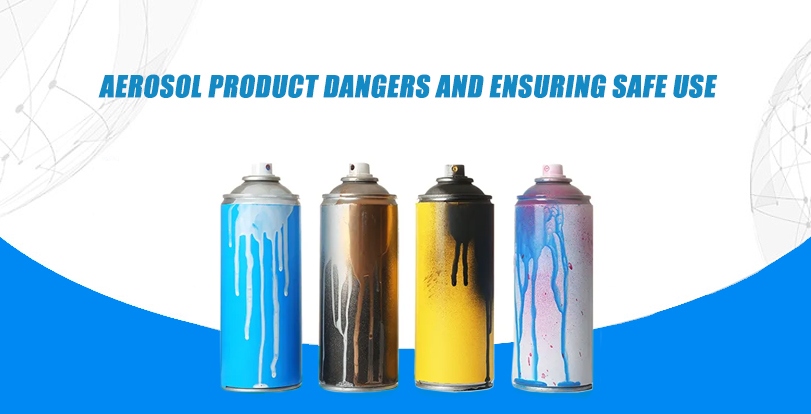Jeśli po ukończeniu niektórych projektów remontu pozostało trochę farby, Nie wyrzucaj tego. Istnieje wiele zastosowań do resztek farby, takie jak naprawa niektórych mebli obierających, ściany, itp. Ale zachowanie resztek farby do następnego użycia jest trudne, Ale możemy doskonale rozwiązać ten problem, o ile używamy dobrych pojemników. Właściwe przechowywanie farby zapewnia życie i jakość farby. Różne pojemniki do przechowywania farby obejmują plastik i metal. Każdy typ ma unikalne zalety i wady. Kluczowe czynniki do rozważenia obejmują uszczelnienie, Zapobieganie światłem i rdzeniu. Odpowiednio zamknięte pojemniki zapobiegają uszkodzeniu powietrza farby. Światło może zdegradować jakość farby. Rdza może zanieczyścić farbę przechowywaną w metalowych pojemnikach.
Pojemniki do przechowywania resztek farby
Jeśli oryginał farba może jest nienaruszone, Następnie umieść w nim pozostałą farbę. Dla dodatkowej farby, Użyj gumowego młotka, aby uszczelnić puszkę ciasno wokół krawędzi. Jednakże, Jeśli nie masz oryginalnej farby, może, lub potrzebować przechowywania farby przez dłuższy czas, Możesz użyć innego rodzaju kontenera. Na przykład, plastikowa farba lub metalowa farba.
Plastikowe pojemniki na farby
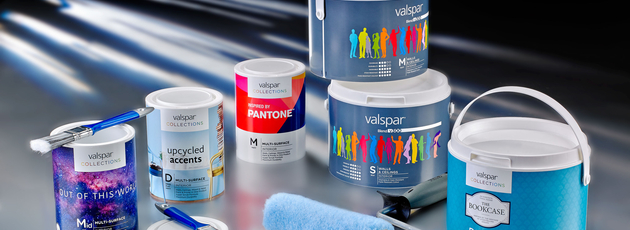
Można przechowywać w plastikowych pojemnikach? Czy nie będą się korodować i wpłyną na jakość farby? Używanie plastikowych pojemników do farb do przechowywania resztek farby to pytanie, o którym myślą niektórzy twórcy DIY, Jednakże, Wiele plastikowych pojemników nadaje się do przechowywania farby. Ważne jest, aby wybrać odpowiedni rodzaj plastiku. Niektóre tworzywa sztuczne mogą reagować z chemikaliami w farbie, powodując pogorszenie. Poszukaj pojemników oznaczonych jako HDPE (polietylen o dużej gęstości) lub zwierzaka (Tereftalan polietylenowy). Tego rodzaju tworzywa sztuczne są bezpieczne do przechowywania farby i nie wpłyną na późniejsze użycie.
Plusy i wady plastikowych pojemników
Profesjonaliści:
Lekkie i łatwe w obsłudze.
Przezroczyste opcje dostępne dla łatwej identyfikacji.
Niedrogi w porównaniu z innymi materiałami.
Wady:
Może nie zapewnić szczelnej pieczęci.
Może z czasem uchylać się od niektórych chemikaliów.
Mniej trwałe niż pojemniki metalowe lub szklane.
Metalowe pojemniki na farby
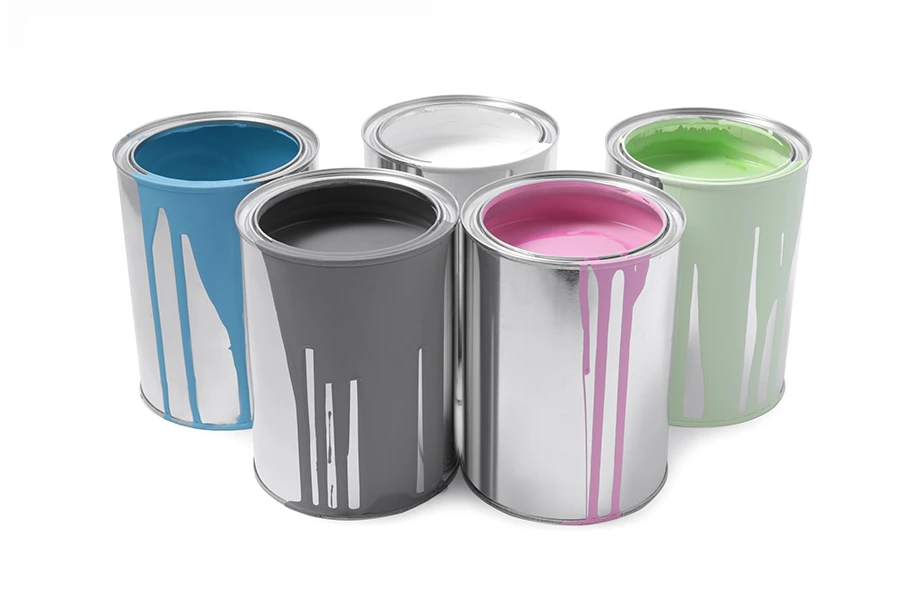
Metalowe puszki są powszechnymi pojemnikami do przechowywania farby na rynku, ale powinieneś uważać, aby zapobiec rdzy podczas ich używania. Wybierz niektóre puszki z powłoką przeciw ruroczkową, lub użyj folii cynowej lub plastikowej podszewki, aby chronić metalowe puszki, aby upewnić się, że farba nie zostanie dotknięta i pogorszyła się.
Plusy i wady metalowych pojemników
Profesjonaliści:
Bardzo trwałe i długotrwałe.
Doskonała ochrona przed światłem i powietrzem.
Odpowiednie dla farb na bazie wody i oleju.
Wady:
Cięższy i trudniejszy w obsłudze.
Podatny na rdzę, jeśli nie jest odpowiednio utrzymany.
Droższe niż plastikowe pojemniki.
Czynniki, które należy wziąć pod uwagę przy wyborze pojemnika
Przed wybraniem odpowiedniego pojemnika do przechowywania resztek farby należy wziąć pod uwagę
Znaczenie pieczęci
Uszczelnienie zapobiega wejściu powietrza do pojemnika do przechowywania farby. Ekspozycja na powietrze może spowodować wysychanie farby i skorupy. Właściwa pieczęć utrzymuje spójność i użyteczność farby.
Jak zapewnić odpowiednią pieczęć
Aby zapewnić odpowiednią pieczęć, Użyj pojemników z ciasnymi pokrywkami. Sprawdź pokrywkę pod kątem luk lub pęknięć. Zastosuj warstwę plastikowego opakowania przed uszczelnieniem pojemnika. Ten dodatkowy krok może poprawić uszczelnienie i utrzymać świeżość farby.
Wpływ światła na jakość farby
Światło może zdegradować jakość farby. Ultrafioletowy (UV) Światło rozkłada strukturę chemiczną farby. Może to powodować zanikanie kolorów i zmniejszoną skuteczność.
Jak zminimalizować ekspozycję na światło
Przechowuj pojemniki do przechowywania farb w ciemnym miejscu. Użyj nieprzezroczystych pojemników, aby zablokować światło. Jeśli używasz przezroczyste pojemniki, przykryj ciemną szmatką lub przechowywanie w szafce. Te metody pomagają zachować pierwotną jakość farby.
Ryzyko zardzewiałych metalowych pojemników
Metalowe pojemniki mogą z czasem rdzewieć. Rdza może zabarwić farbę, czyniąc go bezużytecznym. Farby na bazie wody są szczególnie podatne na zanieczyszczenie rdzy.
Jak zapobiec rdzy
Aby zapobiec rdzy, przechowuj metalowe pojemniki w suchym miejscu. Unikaj narażenia pojemników na wilgoć. Rozważ użycie inhibitora rdzy wewnątrz pojemnika. Regularnie sprawdzaj pojemniki pod kątem oznak rdzy i niezwłocznie traktuj.
Praktyczne wskazówki dotyczące przechowywania farby
Oprócz wyboru odpowiedniego pojemnika, Oto kilka praktycznych wskazówek, które pomogą Ci przechowywać malowanie

Znaczenie właściwego etykietowania
Właściwe etykietowanie pojemników do przechowywania farb zapewnia łatwą identyfikację. Etykiety pomagają użytkownikom szybko znaleźć odpowiednią farbę. Dokładne znakowanie zapobiega zamieszaniu i błędom. Przezroczyste etykiety dostarczają również ważnych informacji o farbie.
Przechowywać w suchym miejscu
Dlaczego suchość jest ważna? Przechowywanie pojemników do przechowywania farb w suchym miejscu zapobiega uszkodzeniu wilgoci. Wilgoć może powodować pogorszenie farby. Warunki suche pomagają zachować jakość farby. Utrzymanie pojemników na sucho zapobiega również rdzewieniu metalowych puszek.
Idealne warunki przechowywania
Idealne warunki do przechowywania pojemników do przechowywania farby obejmują:
Fajny, suche miejsce z dala od bezpośredniego światła słonecznego.
Miejsce o stałej temperaturze pomiędzy 60-80 stopnie Fahrenheita.
Miejsce poza zasięgiem dzieci i zwierząt.
Oddzielone od żywności i napojów, aby uniknąć zanieczyszczenia.
Streszczenie
Teraz, gdy nauczyłeś się wskazówek, jak przechowywać resztki farby, Bez względu na to, jaki typ kontenera wybierzesz, Możesz zapisać swoją farbę do następnego projektu renowacji. Aby upewnić się, że farba pozostaje w najlepszym stanie, Przechowuj pojemnik w chłodnym, suche miejsce z dala od ekstremalnych temperatur i bezpośredniego światła słonecznego. Prawidłowe przechowywanie farby sprawi, że Twój projekt będzie prosta.
FAQ na temat przechowywania farby
Co muszę zrobić z moim pojemnikiem do farby przed wlaniem go?
Przed włożeniem resztek farby do pojemnika, należy go dokładnie wyczyścić i wysuszyć. Usuń całą starą farbę, Gruz, i luźne kawałki.
Jak prawidłowo przechowywać pojemniki na farby?
Przechowuj pojemniki na farby w chłodnym, suche miejsce z dala od bezpośredniego światła słonecznego i poza zasięgiem dzieci
Jak długo mogę przechowywać farbę?
Jak długo mogę przechowywać farbę, zależy od wielu czynników, w tym rodzaj farby, Warunki przechowywania, I czy został otwarty. Ogólnie, Nieotwarte farby można przechowywać 2-5 lata w spokoju, suche miejsce
Będę wiedzieć, czy moja farba poszła źle?
Tak, Zwykle są pewne oznaki złej farby, jak na przykład: Farba staje się grubsza lub guzowata. Farba zmienia kolor. Farba emituje nieprzyjemny zapach.

















